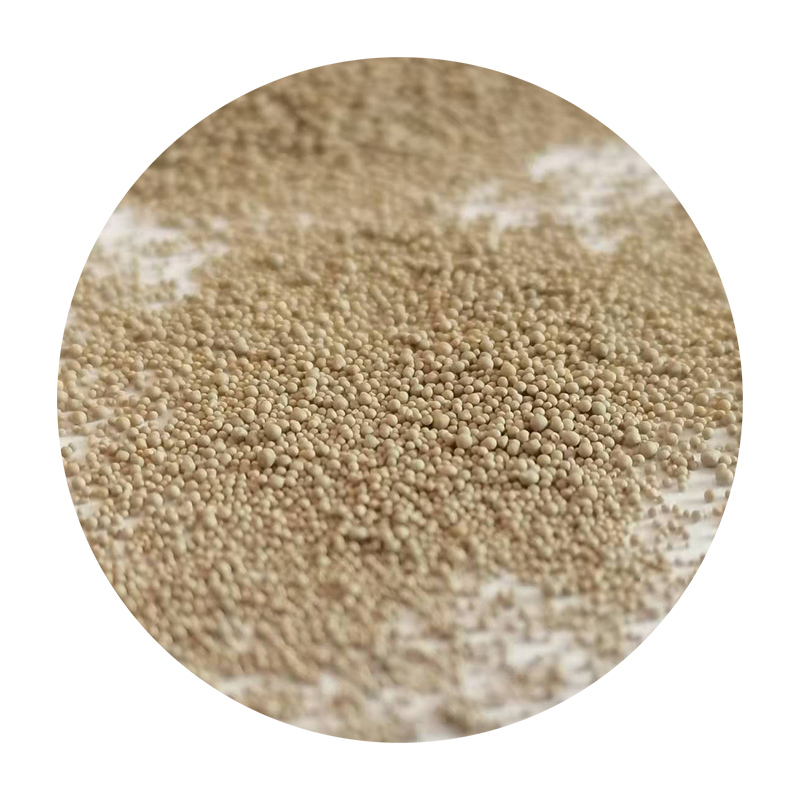

One of the most significant advancements in molding sand technology is the introduction of synthetic variations. By incorporating engineered binders and additives, synthetic sands offer enhanced controllability over traditional sands. These synthetics provide resilience against high-temperature variations and enable easier recycling, promoting both economic and environmental benefits. Casting experts often advocate for the integration of synthetic sands as it offers greater consistency and reduces defect rates in complex casting scenarios. The credibility and authority in the application of molding sand are derived from stringent testing protocols and adherence to industry standards. Standards such as the American Foundry Society (AFS) norms guide the composition and preparation of molding sands, ensuring uniformity and reliability across casting operations. Quality control metrics, including permeability, compressive strength, and grain fineness, are rigorously monitored, ensuring that the chosen sand meets the specified technical requirements. Such stringent compliance not only enhances product quality but also fortifies trust among stakeholders, including manufacturers, suppliers, and end-users. In practical terms, the return on investment from choosing the right molding sand is considerable. Companies with expertise in casting technologies pinpoint that optimizing sand selection can lead to reduced waste, lower production costs, and superior final product quality. Furthermore, understanding the nuances of molding sand allows for significant improvements in casting cycle times, contributing to higher throughput and efficiency. In conclusion, molding sand in metal casting is more than a mere tool—it's a linchpin to achieving excellence in the casting profession. With a robust understanding of its properties, applications, and technological advancements, manufacturers can harness the power of molding sand to innovate and lead in the competitive landscape of metal casting. As this domain continues to evolve, fostering expertise and maintaining trustworthiness in molding sand selection and application will remain paramount to sustained success and growth. Post time:Xan . 28, 2025 02:40
Next:large sand casting
